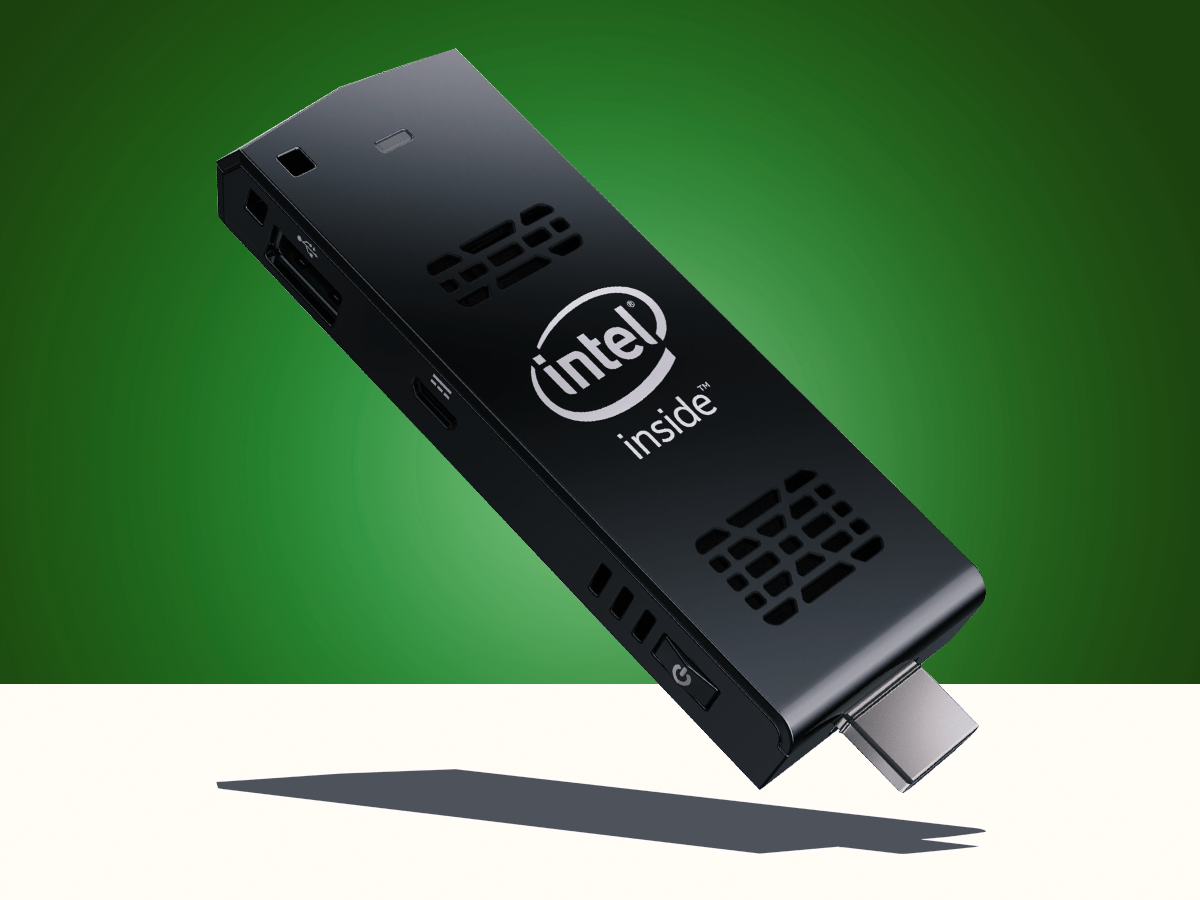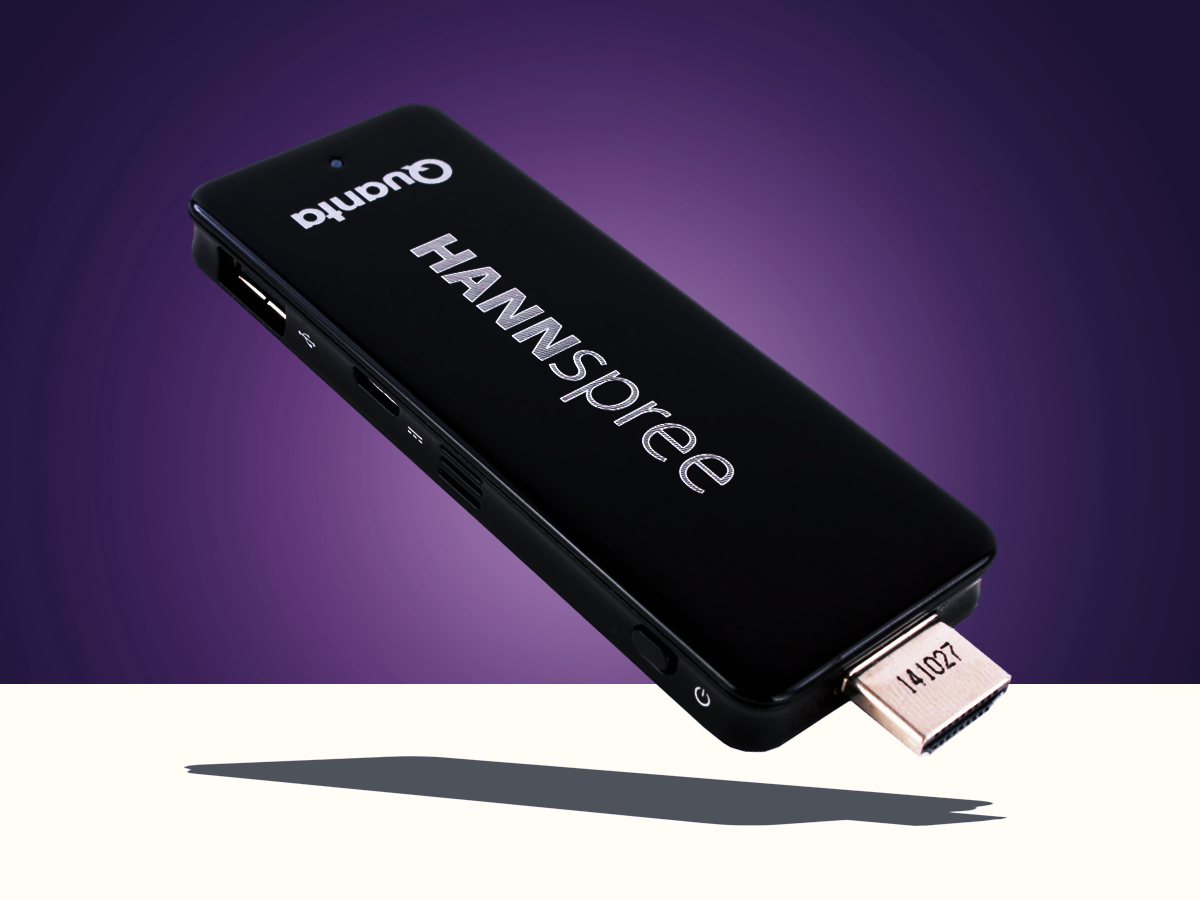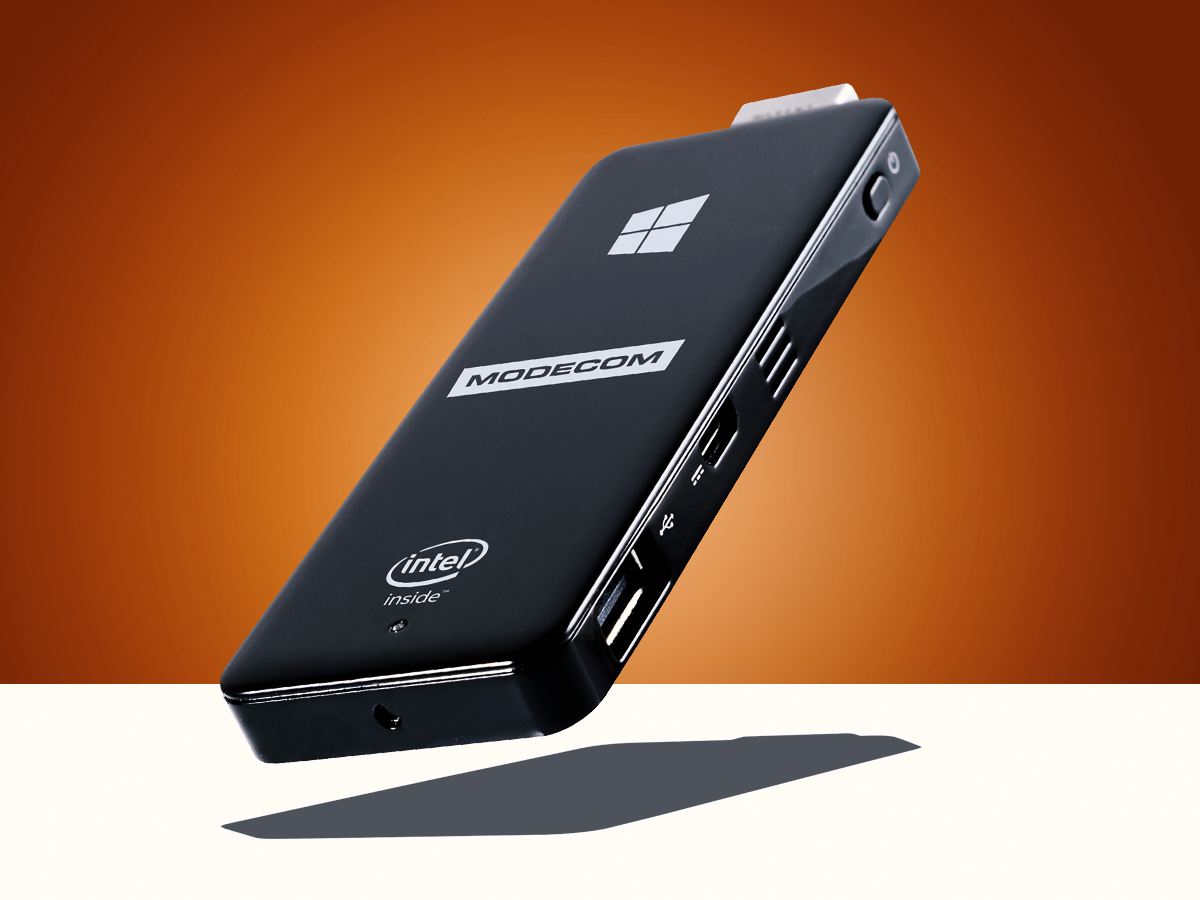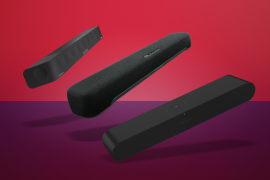Best mini PC sticks 2015 – reviewed
Full Windows computers the size of USB sticks: a gimmick or a route to pocket computing bliss?

If you think tiny media streamers such as the Chromecast and Amazon Fire TV Stick are impressive, how about a full-on Windows PC in roughly the same size shell?
Plug one into your TV’s HDMI port and you’ve got yourself a practically invisible computer. That’s a whole lot of utility for something you can fit in your pocket and costs a little over £100.
The Intel Compute Stick, Hannspree Micro PC and Modecom FreePC all use the same Intel Atom CPU and have eerily similar specs. What differentiates them is their grace under everyday computing pressure.
And remember, everyday computing is what these are really about. We obviously threw some games at them to see what happened, but these computers are vastly smaller than even the smallest Windows tablet, and infinitely more flexible.
That’s the theory at least…
Intel Compute Stick (£120)

Best for raw power
What’s the Story?
The official big-brand flag-waver of the stick PC revolution, the Compute Stick is made by Intel itself. It’s a bit funkier-looking than its rivals. You get a chiseled angular design rather than a boring rectangular one.
However, as it’s also the only one to pack in a fan, it’s actually the largest of all the stick PCs. It’ll still fit in your pocket, mind. You’ll also need to spend an extra £5 on a USB hub to get any real work done with the thing, though, as there’s only the one USB port on the Compute Stick. Drat.
Any good?
Despite having exactly the same CPU as the other models here, the Compute Stick is the only model to use a fan. It starts emitting a fairly high-pitch whirr when you up the pressure. And that’s probably not what you’re after if want to use the thing as a media machine.
Other than lacking that crucial second USB port, the Intel Compute Stick is on the money. 32GB storage and an included HDMI extender are solid bits to boast about. As it has a fan it doesn’t need to throttle the CPU so much either, getting you slightly better performance.
Tech specs
Geekbench: 2106, Processor: Intel Atom Quad-Core Z3735F 1.33GHz, RAM: 2GB, Storage: 32GB, Bluetooth 4.0, Wi-Fi: b/g/n, OS: Windows 8.1 32-bit
Stuff says: ★★★✩✩
The most powerful of the three, but its whirr gets in the way.
Hannspree Micro PC (£120)

Best for silent operation
What’s the Story
Take the Intel Compute Stick, strip back its outer hardware to the basics and you’re left with the Hannspree Micro PC. It gets you a good amount of storage, all the essential features you’ll need, but cuts out the fan. No matter how hot under the collar it gets, this little guy stays silent.
If you’re after a low-key look, this the best of the three, with a higher-quality finish than the Modecom and no vulgar-looking fan cut-outs required. Like the others it uses a microUSB phone-style power adapter and comes with an HDMI extender cable.
Any good?
The Hannspree Micro PC avoids all the major sins committed by the other stick PCs here. It doesn’t make any noise, and has a decent amount of storage for you to juggle. There’s just one missing magic element: we want a second USB.
As with the Intel Compute Stick you really need to pack a USB hub to turn the Micro PC into a proper computer, as there’s only one USB port. If it had just one extra USB this would be a clear go-to pick among first-generation stick PCs. As with the others, though, it’s good but flawed.
Tech specs
Geekbench: 1972, Processor: Intel Atom Z3735F 1.33GHz, RAM: 2GB, Flash Storage: 32GB, Wi-Fi: b/g/n, Bluetooth, OS: Windows 8.1 32-bit
Stuff says: ★★★✩✩
A silent assassin, but needs an adapter to get the most out of it.
Modecom FreePC (£160)

Best for extreme portability
What’s the Story
Not heard of Modecom? It’s a Polish company, and has come up with this little pocket PC. Like the others it comes with a 32-bit version of Windows pre-installed and ready to roll. This is probably the least flash-looking of the lot. Same old black plastic, but with less fancy logo work than the Hanspree and no funky contouring of the Intel.
The problem with the Modecom FreePC is that while the others’ prices have come down a bit, this one you can only seem to buy at its £160 RRP. It’s a shame, because it has one little hardware extra worth shouting about.
Any good?
This is the only stick PC here to offer two USB ports, letting you plug in a keyboard and mouse without needing a USB hub, which might be as big as the stick itself. One is a microUSB, so you need a converter, but one comes in the box. Score.
However, it’s not all roses. The Modecom FreePC also comes with just 16GB storage, only about 5GB of which is available for you to use. It has a card slot too, but when the others have 32GB to play with, it’s a big black mark for the Modecom. Unlike the Intel, at least it’s silent in operation, though.
Tech specs
Geekbench: 1877, Processor: Intel Atom Quad-Core Z3735F 1.33GHz, RAM: 2GB, Storage: 16GB, Bluetooth 4.0, Wi-Fi: b/g/n, OS: Windows 8.1 32-bit
Stuff says: ★★★✩✩
Bonus portability points, but a high price and low storage foul things up.
Winner: Hannspree Micro PC
There is no perfect stick PC just yet. But these early contenders prove there’s worth to these little pocket rockets. Especially when compared to a super-budget tablet or laptop.
The Modecom has the best portability, the Intel that bit more power, able to push harder thanks to its fan system. But for us the Hannspree is the best balance of the three. It’s silent, gets you a good amount of memory to play with and doesn’t look bad too boot.
Don’t buy one of these sticks unless you’re going to get… stuck into using them right now, though. With every advance in CPU tech, these sticks will get faster and potentially even smaller. Whether we’ll actually see them depends on these first brave little twigs catching on, though.



